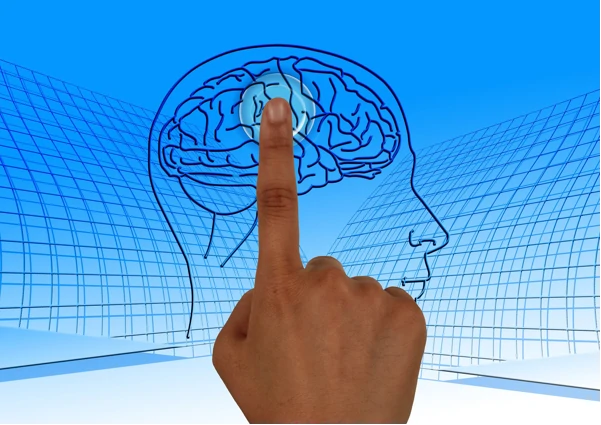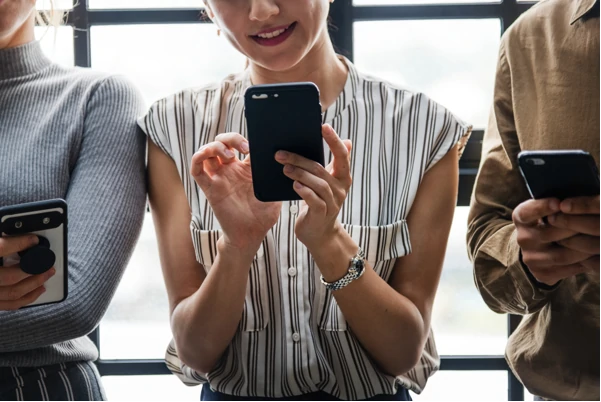In the journey of mastering knowledge, techniques like mind mapping, note-taking, and deep analysis have long been trusted allies. Among them, flashcards stand out for their simple yet powerful ability to help learners synthesize and retain information. First appearing in the 19th century, flashcards have proven to be an enduring tool — and today, they have been reimagined for the digital world as e-flashcards, a perfect fit for modern eLearning.
Creating engaging e-flashcards doesn’t have to be complicated. With eLearning authoring tools like ActivePresenter, you can easily design interactive, media-rich flashcards that captivate and challenge learners. In this blog, we’ll explore why they are so effective — and show you how to get started with the right tools.
e-flashcard in eLearning
We all know that flashcard is a card containing information like pictures, or words on one side of the card and the corresponding text on the other side. With the innovations of technology, flashcard is converted into e-flashcard in eLearning. It remains all the characteristics yet adds interactivity that allows learners to interact with the card. For example, the learner needs to type a word corresponding to the picture, before flashing the card to check if the answer is right or not.
In fact, the above example you see in this blog was made entirely using ActivePresenter — without writing a single line of code. If you’re inspired to create your own e-flashcards, make sure to download ActivePresenter (free, no sign in required) and experience it firsthand!

eLearning Adopts e-flashcard Because of Its Huge Advantages
Motivating Ability to Remember
Human brain has always processed images faster than words. The Dual-Coding Theory of Allan Paivio suggested that when remembering a picture, your brain is storing both nonverbal code (image) and verbal code (description for the image). Meanwhile words allow only for verbal code. Obviously, a memory will retain and recall information better if information is stored in two distinct locations rather than one. Therefore, e-flashcard makes use of this technique to boost the ability to remember for learners. The repetition of e-flashcard also has a double effect on your brain. You can not only learn information but also become better at remembering as your brain is in a training process. For example, when learning Japanese vocabulary through e-flashcards, you are able to see the words again and again till you remember it. By practicing this, your brain will do some work to remember as much information as possible.

Reinforcing the Fundamental Knowledge for Learners
e-flashcard helps with every single basic detail to build a foundation of knowledge. Let’s say that e-flashcard provides you with basic but essential elements. Just like when you want to build a house, you need to collect every single brick first. Without this foundation of knowledge, you cannot comprehend the subject or broaden your advanced knowledge. Many subjects use flashcards to help learners memorize facts, concepts, or formulas more effectively. They are also a great tool to test understanding in areas like foreign languages, historical dates, and math formulas.

Optimizing Learning
In the learning phase, it’s a mistake that learners try to learn as much materials at a time as possible. This makes learning cumbersome and overwhelming, where e-flashcards offer a perfect solution. It can eliminate extraneous material as it focuses only on the information that learners need to learn. Moreover, e-flashcard is an active form of studying, which includes creativity based on what you read. You should present significant information from documents you have read on the cards in an effective way. The combination of picture and brief yet full content is one of that way.

Making Learning Portable
e-flashcards make learning available for you in anywhere and at anytime. Imagine that you need to read lots of documents to study a subject, or that subject requires 500 paper cards. Instead of carrying a book or hundreds of tiny paper cards around, you can learn through e-flashcards. The reason is that e-flashcards can be view-able on varied platforms and devices such as mobile phones, tablets or laptops. By taking the phone anywhere, learners can effectively utilize their time like learning while waiting for a bus or travelling.

Creating “fun” for Learners
With the special pictures or sound in the e-flashcards, learners can experience more “fun” while learning. Lively colors in the cards also make learners more excited. Moreover, boring passive learning can turn into interesting active one thanks to the ability to interact with the cards.
How to Create e-flashcards in eLearning?
The above enormous benefits of e-flashcard in eLearning have raised a question in our minds: How can we make e-flashcards in eLearning to simplify the learning process?
This question is easily addressed with ActivePresenter – an application where you can create almost everything that needs for an eLearning course such as interactive questions, games, and e-flashcards.
In ActivePresenter, you can create, edit and organize your e-flashcards using so many amazing features such as Object State, Shapes, Audio, and Advanced Actions right inside the app. You can also style the card whatever you want like adding pictures and icons.
With these powerful features, ActivePresenter gives you full control to design e-flashcards that are not only functional but also visually engaging. Whether you’re building simple Q&A cards or fully interactive learning activities, everything can be done intuitively without the need for coding.
Now that you know how easy it is, why not give it a try? Download ActivePresenter today and start creating e-flashcards that make learning truly memorable!
